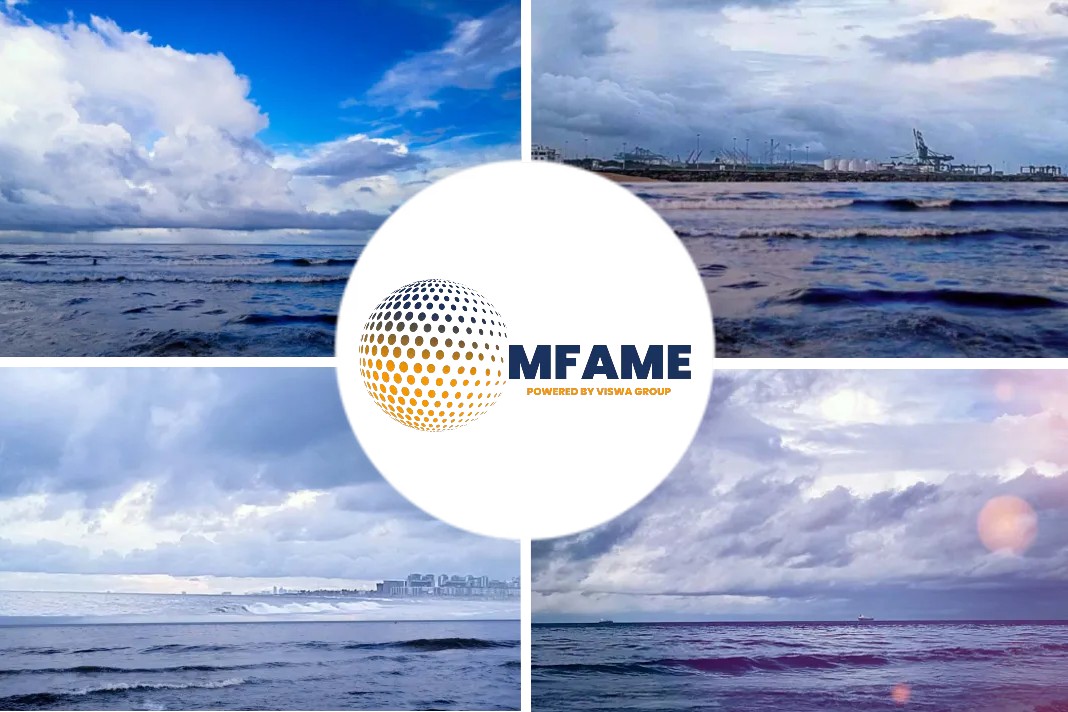
- A state-of-the-art transshipment terminal with an annual handling capacity of 3.3 million TEU is being built in Damietta, Egypt.
- From the second half of 2024, the terminal will give Hapag-Lloyd advantages – while also benefiting its customers and Egypt, too.
A recent news article published in the Hapag Lloyd speaks about new hub in the eastern Mediterranean.
State-of-the-art container terminal
The site, which covers an area equivalent to 130 football pitches, still looks more like a moonscape. The first foundations are protruding from the ground here and there, earthmovers are criss-crossing the area, and a floating dredger is tirelessly pumping soil out of an adjacent basin, where a port basin is being excavated. Plans call for building a state-of-the-art container terminal in Egypt’s Port of Damietta by second half 2024 and ramping up operation until 2025.
The joint venture Damietta Alliance Container Terminal S.A.E. was launched to develop and operate the new Terminal 2. Its three main shareholders are Hapag-Lloyd Damietta GmbH, with a 39 per cent stake, as well as Eurogate Damietta GmbH and Contship Damietta Srl, each with a 29.5 per cent stake. Two local partners, the Middle East Logistics & Consultants Group and Ship & C.R.E.W. Egypt S.A.E., each hold a one per cent stake.
The new location is of great strategic importance. To date, Hapag-Lloyd’s transshipment operation in the Eastern Mediterranean is spread between different ports including Greece’s Port of Piraeus and the current Damietta terminal CT1. But the new terminal will eventually give Hapag-Lloyd the option to concentrate its transshipments business in Damietta and thereby improve its competitive situation in its favour. The terminal’s location roughly 60 kilometres from the northern outlet of the Suez Canal is a key advantage. “All ships sailing between Europe and Asia as well as important destinations in the Middle East and the Indian Subcontinent pass through Damietta almost automatically without having to deviate from their route,” says Matthias Müller, Senior Director Business Administration Region South Europe, Genoa. Another advantage is the water depth of 18 metres compared to the current 14 metres found at Terminal 1, which means that the new terminal will be able to handle ships of all sizes, including the 23,500+ TEU dual-fuel ships, that Hapag-Lloyd has ordered.
However, the location will also be important as a transshipment terminal for distributing cargo in the eastern Mediterranean and thereby greatly enhance access to various markets, such as Egypt’s. “In Damietta, we will also have dedicated time slots for our feeder ships,” says Marwan El Sammak, Managing Director Area Egypt.
“When we have more services call at our new terminal in Damietta we expect to deliver to the market a much stronger value proposition and much better connectivity, this will ensure a higher customer satisfaction, we will be much better delivering on our customer promises being #one for quality,” El Sammak adds. Another anticipated benefit is a reduction in overall operating costs, which will ultimately lead to higher performance, improved productivity and more on-time handling.
The terminal will be equipped with 50 state-of-the-art rubber-tyred gantry cranes (RTGs), half of which will be powered by electricity, as well as 16 ship-to-shore cranes (STSs). “We put a lot of thought into what the most suitable solution could be, as we naturally also had in mind Hapag-Lloyd’s and our customers’ demands for the greatest possible degree of sustainability,” Müller explains. “We have factored in that the local power supply needs to be expanded and that we might face difficulties constantly sourcing sufficient amounts of additives, such as AdBlue for the SCR catalytic converter used in diesel operation.”
In driving its Strategy 2023, Hapag-Lloyd has continuously expanded its involvement in the terminal sector, most recently through agreements on acquiring stakes in the terminal business of Chile-based SM SAAM and the Italy-based Spinelli Group. In addition, Hapag-Lloyd has stakes in JadeWeserPort in Wilhelmshaven, the Container Terminal Altenwerder in Hamburg, Terminal TC3 in Tangier.
Did you subscribe to our newsletter?
It’s free! Click here to subscribe!
Source: Hapag Lloyd















